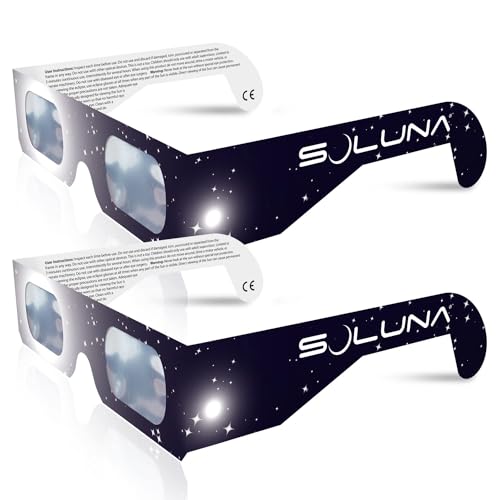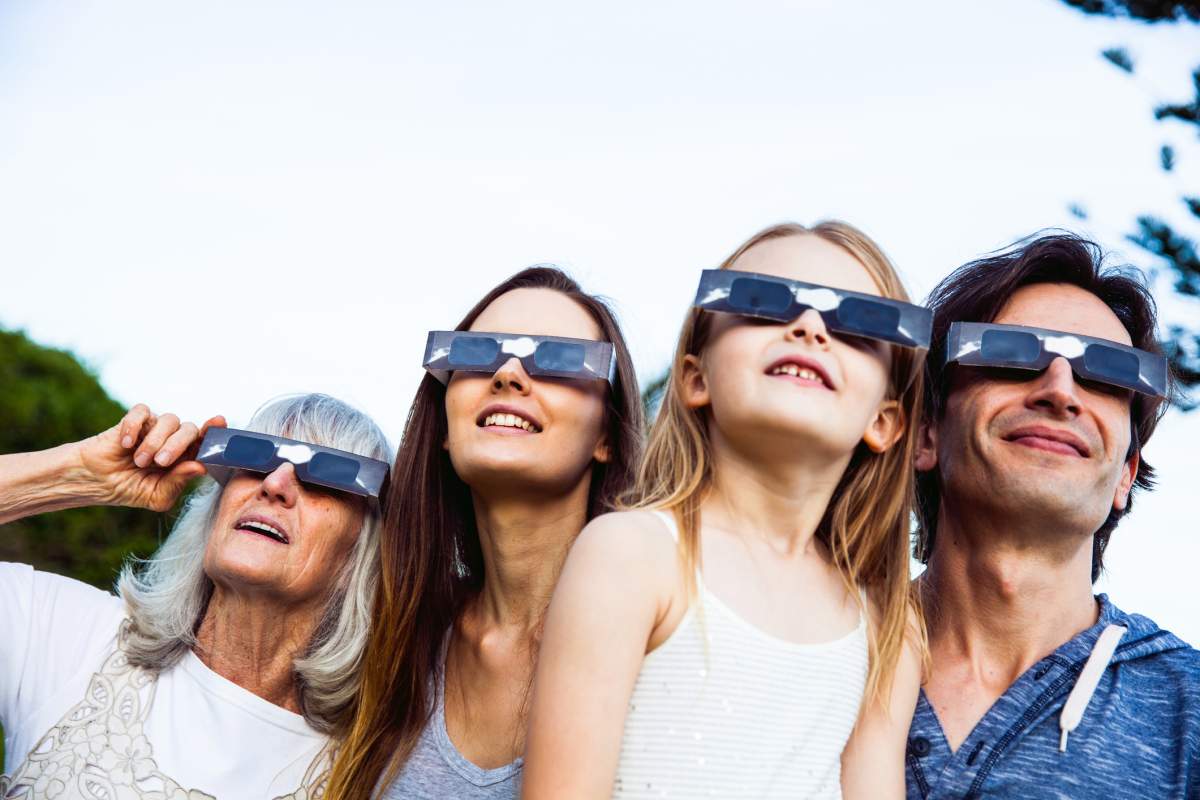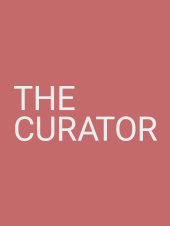The Curator independently decides what topics and products we feature. When you purchase an item through our links, we may earn a commission. Promotions and products are subject to availability and retailer terms.
On April 8, a total solar eclipse will occur in North America. The event, in which the Moon passes between the Sun and Earth and blocks the Sun in perfect alignment, will make it look like dawn or dusk but in the middle of the afternoon.

Although partial lunar and solar eclipses occur regularly in Canada, this will be the first total solar eclipse in the country since February 26, 1979. When the eclipse passes through Ontario, Quebec, New Brunswick, Prince Edward Island, Nova Scotia, and Newfoundland and Labrador, several places will go completely dark for a few minutes.
Because the total solar eclipse takes place during a school day, many boards across the provinces are either moving PA days, planning asynchronous learning days, or letting students out early. They don’t want students travelling on buses or commuting during that time for safety reasons.
If you plan on experiencing the big event at home, be sure to follow certain precautions. According to NASA, looking at the Sun with the naked eye is never safe. Furthermore, you shouldn’t use a camera lens, telescope, binoculars or other optical devices — even if you have a solar viewer.
“The concentrated solar rays will burn through the filter and cause serious eye injury,” it warns. “Viewing any part of the bright Sun through a camera lens, binoculars, or a telescope without a special-purpose solar filter secured over the front of the optics will instantly cause severe eye injury.”
If you’re picking up a set of solar viewers or eclipse glasses for the big event, ensure you find a pair that complies with the ISO 12312-2 international standard. NASA warns that regular sunglasses are not a suitable replacement for proper solar viewing glasses. It also does not approve of any particular brand of solar viewers.
Inspect your eclipse glasses and handheld viewers before use. If they’re torn, scratched or damaged, throw them out. And always supervise children using such devices.
While Global News doesn’t endorse any particular brand of solar eclipse viewers or glasses, some options are available on Amazon.









Comments